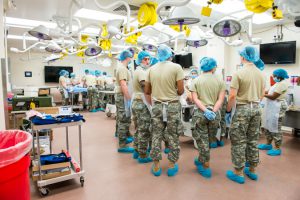Medics practice immediate care procedures on cadavers, learning to save human lives
By Spc. Brianna Kearney, 29th Mobile Public Affairs Detachment—
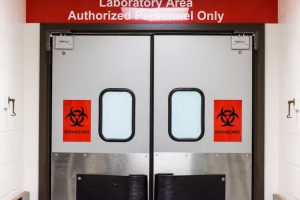 The 104th Area Support Medical Company, Maryland Army National Guard, and members of the 175th Medical Group, Maryland Air National Guard, conducted immediate care training on human cadavers at the University of Maryland School of Medicine in Baltimore on February 6, 2016.
The 104th Area Support Medical Company, Maryland Army National Guard, and members of the 175th Medical Group, Maryland Air National Guard, conducted immediate care training on human cadavers at the University of Maryland School of Medicine in Baltimore on February 6, 2016.
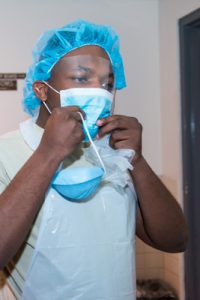
Healthcare specialists practice laceration repairs on a cadaver. Sutures – or stitches – can be made using different types of thread, such as catgut, silk or a synthetic like nylon.
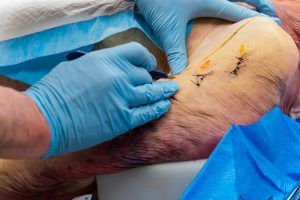
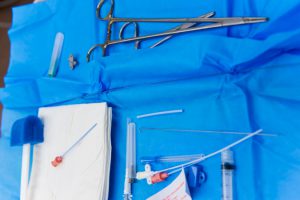
The medical professionals used medical equipment also known as “armamentarium” to insert a central venous catheter.
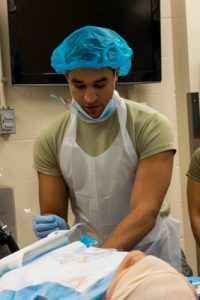
A catheter into a large vein to get fluid into and out of the body.


A service member examines a port after removing it from a cadaver’s chest. The use of a port reduces the number of injection sites a patient will need during lengthy medical procedures, such as when receiving chemotherapy. All injected medicines are administered through the port.
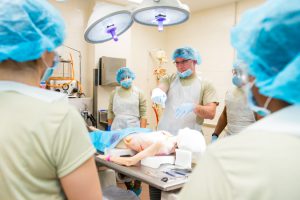


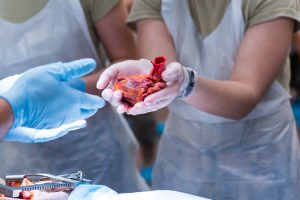
All service members got to hold and examine a cadaver’s heart to lessen the shock of dealing with internal anatomy. They also practiced massaging the heart. This “cardiac massage” is another form of resuscitation similar to CPR usedto restore and maintain circulation after cardiac arrest.
